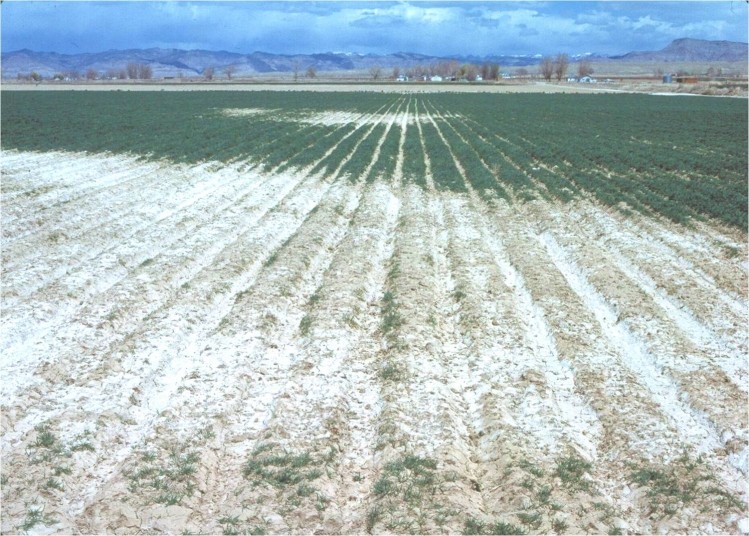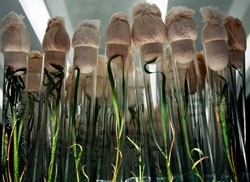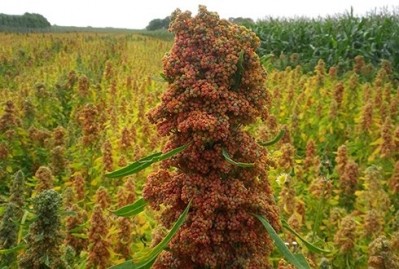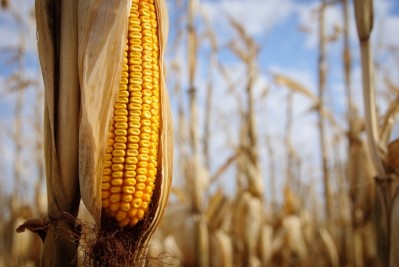Could salt-tolerant crops be solution to sustainable food production?

New data from the United Nations University has shown that salt-spoiled soils account for around 20% of all irrigated land globally - with an area equal in size to France already unsuitable for food production. Every day for more than 20 years, an average of 2,000 hectares of irrigated land in arid and semi-arid areas across 75 countries have been degraded by salt, according to the study published in the UN Sustainable Development journal Natural Resources Forum.
"To feed the world's anticipated nine billion people by 2050, and with little new productive land available, it's a case of all lands needed on deck," said principal author Manzoor Qadir, Assistant Director, Water and Human Development, at UN University's Canadian-based Institute for Water, Environment and Health. "We can't afford not to restore the productivity of salt-affected lands."
The paper, authored by eight experts based in Canada, Jordan, Pakistan and Sri Lanka, details crop productivity losses at farm, regional, and global scales, the cost of doing nothing, and the net economic benefit of preventing and/or reversing land degradation.
According to the study, the inflation-adjusted cost of salt-induced land degradation in 2013 was estimated at $441 per hectare, yielding an estimate of global economic losses at $27.3 billion per year.
Salt-loving solution?
Writing in a separate opinion piece, published in Trends in Plant Sciences, an international team of researchers propose a new concept for breeding salt- tolerant plants as a way to contribute to global efforts for sustainable food production.
"We suggest that we should learn from nature and do what halophytes, or naturally salt-loving plants, are doing: taking up salt but depositing it in a safe place—external balloon-like structures called salt bladders," suggested co-senior author Professor Sergey Shabala of the University of Tasmania.
"This strategy has never been targeted by breeders and, therefore, could add a new and very promising dimension to breeding salinity-tolerant crops."
Shabala and his colleagues note that recent research on salt bladders creates the exciting possibility of modifying genes in traditional crops such as wheat or rice to allow them to develop salt bladders without a major impact on their growth and yield.
"We know already about the key genes required to grow trichomes, or outgrowths of a plant,” added co-author Professor Rainer Hedrich of the Institute for Molecular Plant Physiology and Biophysics in Germany.
“If we learn to activate those that trigger the developmental shift from an ordinary trichome to a salt bladder, one may be able to grow external salt depots on any crop.”
The team also said they are confident that scientists have all of the tools needed to identify the molecular transporters involved in salt loading within salt bladders as well as the developmental switches that are involved.
Study one:
Source: Natural Resources Forum
DOI: 10.1111/1477-8947.12054
Study two:
Source: Trends in Plant Sciences
DOI: 10.1016/j.tplants.2014.09.001









